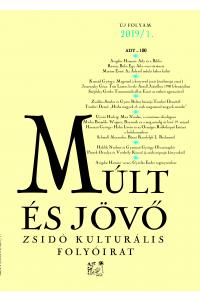
We kindly inform you that, as long as the subject affiliation of our 300.000+ articles is in progress, you might get unsufficient or no results on your third level or second level search. In this case, please broaden your search criteria.

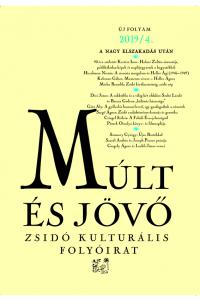

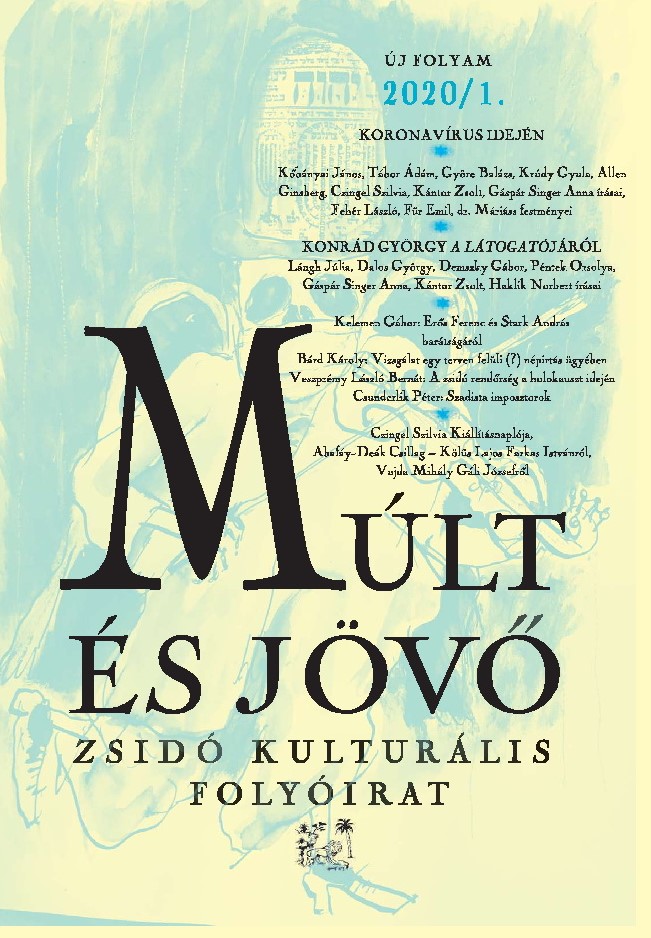




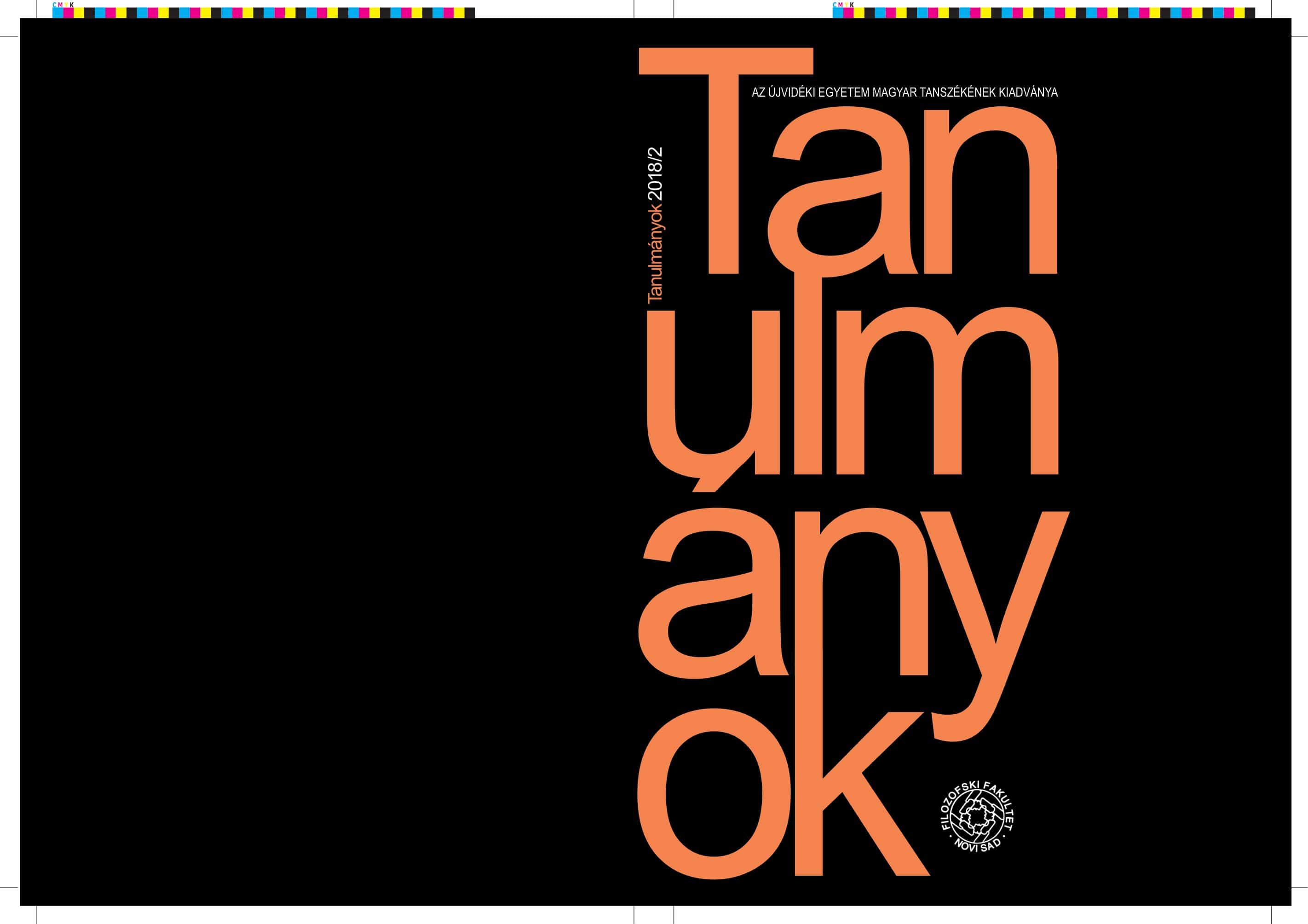
Political influence on Hungarian art and literature has re-inforced since 2010. System of National Cooperation tend to exercise hegemonic power in all area of economy, media and culture. Recently, a series of articles has published in the government-associated newspaper Magyar Idők which suggests the restriction of theso-calledleft-wing/liberal art and literature in Hungarian culture, including the rethinking of the modern canon, e.g. setting a low value on Péter Esterházy. The naivety of this effort is obvious for those who have the slightest acknowledge concerning canonization, literary field and discourse analysis – or simply run through the diaries and memoirs of some central figures of theHungarian cultural establishment during the decades of socialism. Such examples as that of István Király’s and Pál Réz’s show that the personality, and the personal relations are just as important constituents of literature and canon a stheofficial demands and restrictions.
More...
The study attempts to discover the textual traces in Arany’s oeuvre of the poet’s opinions on Júlia Szendrey’s second marriage. Accordingly, not only the poem A honvéd özvegye (The soldier’s widow) should be taken into account for this purpose but certain other texts as well (Árva fiú [Orphan boy]; Az özvegy ember árvái [Widower’s orphans]; Perényi). The analysis of these texts and their status held in his work (whether published in full or left in fragment) can assist to describe Arany’s opinion after all – which due to lack of other sources is made difficult to reconstruct.
More...
The first round of the study takes into account the fact that János Arany started his career as a prose writer i.e. short story writer, and it gives a cross-section of related reactions in specialized literature. Further on, we carry out a more in-depth analysis of a work, which is examined in the context of contemporary discourse on education (“Bildung”) and improvement, in connection with Arany’s viewpoints in his first published text, the pamphlet Népnevelési ügyben (On the Case of People’s Education). This paper offers a solution in rethinking the view of folk in Toldi, which calls for a deeper involvement of the discourse of improvement in the interpretation of the main work, and the early appearance of the Arany’s fate philosophy, which plays an important role in the traditional interpretation of his later ballads.
More...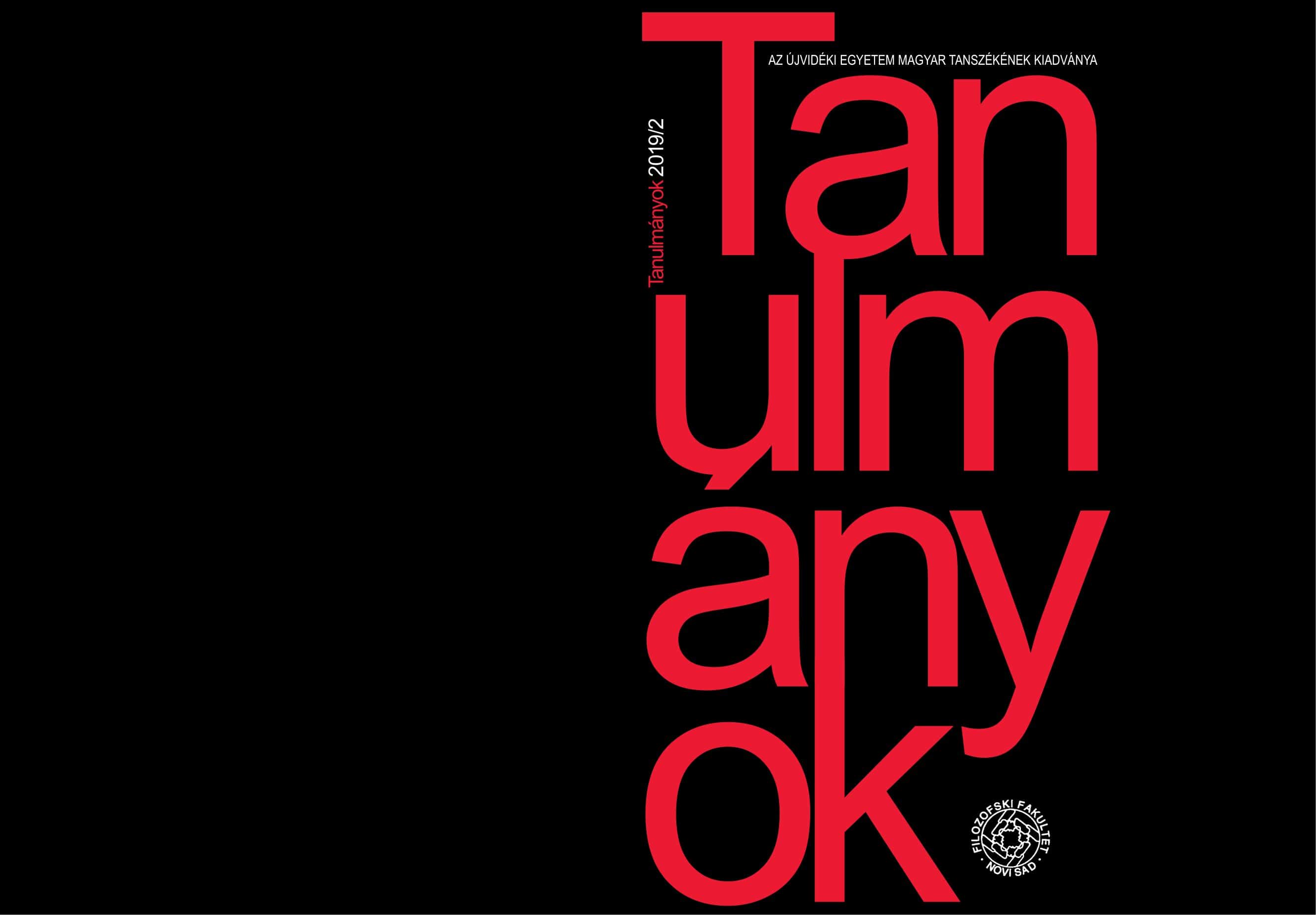
The aim of this study is to look into the body-theoretical definitions that appear in the “diary of an illness”, entitled Utazás a koponyám körül [A Journey Around My Skull] by Frigyes Karinthy. The body-thinking emphasized in this work arose due to the development of Karinthy’s brain tumor. The paper deals with the analysis of the parts of the text which leads to a kind of theoretical re-evaluation of the basic bodily functions and senses. The writer’s body-theoretical perceptions are viewed in parallel with the relevant definitions of Márta Csabai, Ferenc Erős, Péter P. Müller, Jean Starobinski and Gerda Széplaky. The "textualisation" of cancer-induced bodily dysfunctions makes Karinthy’s work similar to Babich’s “talkbooks”, Esterhazy's “pancreatic diary” and Kosztolányi's “talk sheets”. The consonance of the diaries well demonstrates that the presence of illness generates similar literary mechanisms.
More...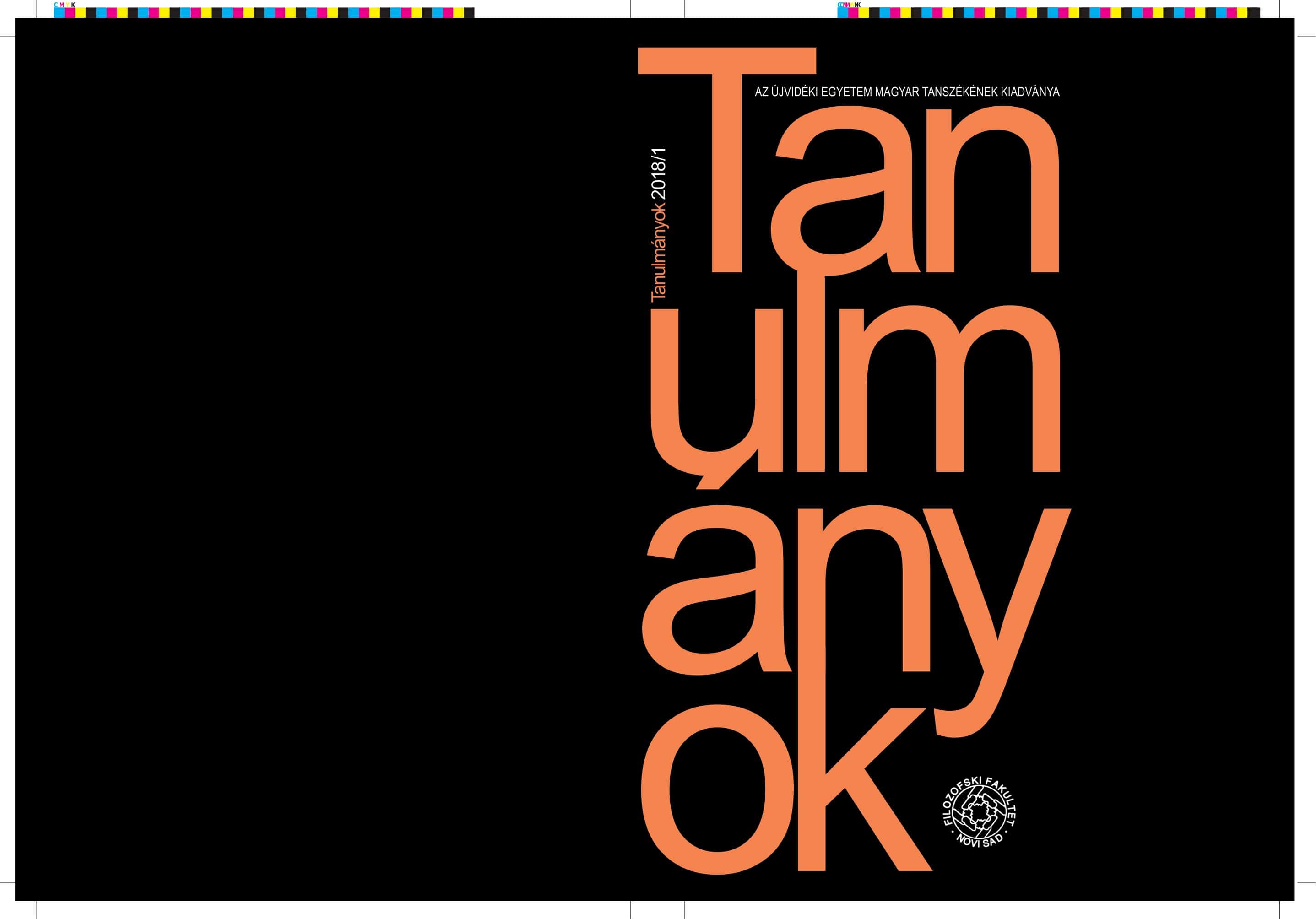
Is Mándy nowadays read? To what extent did he move away from the genre of the short story? Has he emerged from his craftsman position? On the author’s hundredth birthday several questions arise in connection with his text corpus that is approached by researchers on scientific discussions and in subsequent studies. This paper focuses on Iván Mándy’s relation to the short story, respectively on the manner of speech and specific terminology, the help of which he touched upon the genre questions in his literature texts. The novel discourse, the problem of disruption of the traditional short story and its scale likewise become expressed in his radio plays. The radio play entitled Író, kabátban (Author in coat) for example spotlights the lonely author struggling on the roadway, who gathers together from the dust the found sheets of paper dispersed for his short story, though unable to put them together, all his efforts come to nothing. The study emphasizes the subsequent viewpoints in connection with the Mándy texts, and some aspects of the English translation as well.
More...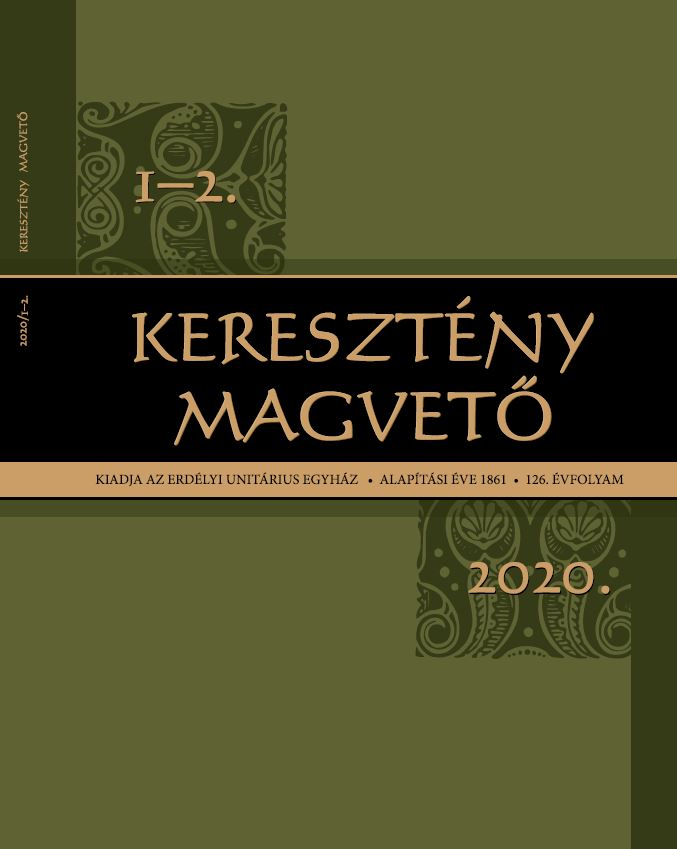
This article examines 16th century church views on marriage in the context of the biblical narratives of the Wedding at Cana and the Marriage of Tobias and Sarah. Analysis of sermons and versifi ed Bible stories from those times reveal the accentuated themes of these stories that, in turn, reveal the didactic methods and emphasis commonly used.Sermons connected to Christ’s first miracle at Cana (based on John 2:1–12)were traditionally preached on the second Sunday aft er Epiphany. Th is article examines the range of usage, from the 1543 versifi ed German version by Andreas Moldner (16th c.) printed in 1543 in Brassó (Brașov, Kronstadt), to sermons by 16th century Catholic, Calvinist, Lutheran, and Unitarian preachers. This includes the unidentified Carthusian author’s Érdy-codex (16th c.), and sermons by Péter Bornemisza (1535–1584), Miklós Telegdi (1535–1586), György Kulcsár (?–l577), István Beythe (1532–1612), György Enyedi (1555–1597), and, for comparison, Pelbartus of Temesvár (Timișoara) (c. 1435–1504), Péter Pázmány(1570–1637), György Káldi (1573–1634), and Péter Alvinczi (1570–1634).These are compared to the Marriage of Tobias and Sarah which appears, asa textus (Tobit 7,12–14), in but one sermon by György Enyedi, yet exists in three contemporary Hungarian versified Bible stories, by András Dézsi (16th c.), Balázs Székely (16th c.), and János Munkácsi (17th c. – 18th c.).
More...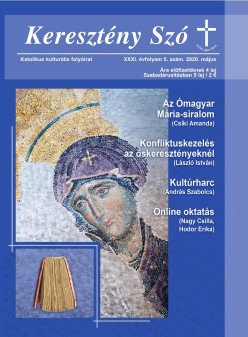
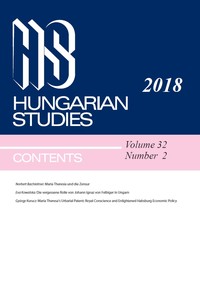
Literary societies are in focus both of literary studies and social history. In particular, they played an important role in the modernization of Central Europe in the 19th century. Becoming widespread in this era, they helped develop a democratic political culture and disseminated literature to a wider audience. Hungarian historiography has depicted this period as one of large-scale social segregation and a fragmented middle class which refused to have any contact with the bourgeoisie, while Slovakian historians have emphasized the exclusion of Slovaks from elite society. Kassa (today Košice), which was then situated in northern Hungary and is now the largest city in eastern Slovakia, has, however, been recognized as a more complicated example that challenges these assumptions. For instance, the importance of local citizenry was preserved in the first half of the 19th century, in contrary to other cities in Hungary. The purpose of this article is to examine the composition of the most prominent social club of the town to provide fresh insights into the social history of Kassa in this period, and the larger processes shaping urban life in Central Europe in the period before the First World War. In particular, this article argues that a culture of both pluralism and exclusion was evident in the membership of Kassa’s Kazinczy Circle, and that their affiliations reveal a more complicated social network in the city, which both preserved communal solidarity during a period of rapid urbanization and encouraged the growth of modern democratic values.
More...
Die bis heute konsensuale Auffassung der Nationalliteratur in Ungarn wird durch die sprachliche Homogenität bestimmt. Elemente, die eine Provokation für die Homogenität bedeuten, werden entweder in bipolaren Gegensätzen eingeordnet, und dadurch vom Zentrum ferngehalten, oder sie werden vertuscht und ausgeschlossen, wie man es im Falle der auf Fremdsprachen geschriebenen Werke der ungarischen Literatur erfahren kann. Innerhalb der Struktur der ungarischen Nationalliteratur verdient die Emigration eine besondere Aufmerksamkeit, weil sie es notwendig macht, dass wir über die ungarische Literatur in Überlappungen mit anderen Literaturen sprechen. Wenn wir über Überlappungen sprechen, müssen wir in die Problematik auch die Theorie des Transnationalismus mit einbeziehen. In der ungarischen Fachliteratur wird diese Theorie auf die Fälle der geographischen und politischen Grenzübergänge beschränkt, die die mentale Einprägung der Grenzen als Reflexionsobjekte immer voraussetzen. Die Grenzphänomene verbinden sich mit den Vorstellungen der Differenzen, dadurch bleiben sie die Kulminationspunkte der Macht und der Kontrolle. Die Theorie des Transnationalismus kann aber auch dabei helfen, dass die Vorstellungen der Nation aus dem Bereich der homogenisierenden Aspirationen der Macht entfernt werden, damit die Heterogenität des von der Macht territorisierten Raumes, in diesem Fall des literarischen Raumes klar gezeigt werden kann. Die literarischen Räume von Ost-Mittel-Europa hatten schon immer eine mehrsprachige und polikulturelle Ausdehnung, erst nach dem ersten Weltkrieg wurden die Differenzen im Interresse der Homogenisierung der Machtbereichen als Gegensätze instrumentalisiert. Das Aufgreifen des Problems der Emigration macht es möglich, diese räumliche Struktur neuzugestalten, weil die Emigraton nicht einmal als eine periphere Erscheinung am Konzept der ungarischen Nationalliteratur teil hat. Die Emigration kann nicht zuletzt auch die Kräfte des inneren Zusammenhalts im Raum der Nationalliteratur verstärken, denn sie lässt das Aufheben der lokalen Kontexte und die Beseitigung der Differenzen nicht zu, die als Voraussetzungen von Ähnlichkeiten immer ins Spiel gebracht werden. Worüber ich hier spreche, ist eine Hypothese für eine mögliche Selbstkorrektion. Auch diese Hypothese muss ihre Begrifflichkeit der Kritik aussetzen. Wenn aber die Raumstruktur der ungarischen Nationalliteratur als Modell einmal neugestaltet wird, wird die Verwendung des Begriffs der Emigration ihre Gültigkeit verlieren.
More...
Der Aufsatz analysiert Péter Nádas’ Roman Parallelgeschichten mit Blick auf die Poetik des Raumes. Die Frage nach der Behandlung von Raum und Zeit im Text wird anhand des Motivs des Durchgangs gestellt, der in der Darstellung der Wohnungen eine zentrale Rolle spielt. Durch die detaillierte Schilderung von Zwischenräumen wie dem Entrée und dem Vorraum setzt sich nämlich der Erzähler mit jenen historischen Bezügen von privaten Räumen auseinander, die auf die Wahrnehmungen und Erinnerungsprozesse der Figuren einwirken. Hier erscheinen die funktionslos gewordenen transitorischen Räume als Reste der allmählich entschwindenden bürgerlichen Welt und fallen aus dem einheitlichen Schema der Wohnungseinrichtungen, wodurch der vertraute, Sicherheitsgefühl verströmende Charakter der letzteren angegriffen wird. Es wird gezeigt, dass die Durchgänge im Roman somit zu bedrohenden, verstörenden Räumlichkeiten werden, in denen sich die hier orientierungslos werdenden Figuren gezwungen sehen, sich mit fernen Erinnerungen aus der unverarbeiteten Vergangenheit zu konfrontieren.
More...
Zsigmond Móricz situe dans une petite ville de la Haute-Hongrie sa parodie de Madame Bovary, où l’héroïne rêve d’adultère, mais ne le commet pas, et où elle perd, non la vie, mais seulement son innocence et sa jeunesse. Se prenant pour une bourgeoise, elle s’illusionne sur elle-même autant que sur les mérites de la bourgeoisie. Elle vit dans un monde où le principe qui tient les sociétés, c’est-à-dire le goût des proportions (gages de l’harmonie sociale), est détourné vers le maintient pur et simple de l’ordre au moyen de règles et des normes arbitraires. Pour caractériser l’attitude impétueuse du jeune juge qui courtise l’héroïne, Móricz propose implicitement la métaphore de la femme-piano : en observant sa manière de jouer, le juge constate que la jeune femme devrait être “accordée” et que lui seul est à même de le faire convenablement, à la diff érence des habitants de la petite ville qui sont selon lui beaucoup trop grossiers. L’écrivain oppose en vain la hiérarchie sociale et la hiérarchie naturelle. La seule hiérarchie valable, à ses yeux, est divine, mais personne n’y prend garde (on se débrouille… derrière le dos de Dieu). Móricz décrit comment, en l’absence de tout sens des proportions (sous l’emprise de l’inconscient), le sens du devoir lui-même (la recherche de l’harmonie) s’égare dans les illusions et provoque des catastrophes. Au point que seul le retour des normes conventionnelles et de la hiérarchie sociale arbitraire peut rétablir le calme. Exit la nature. Exit la jeunesse et la beauté.
More...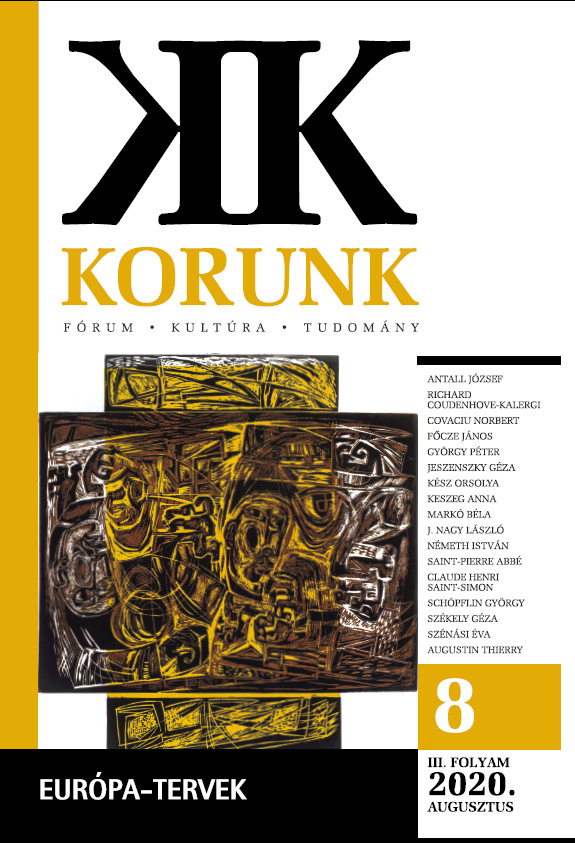
Értelmiségi karriertörténetek, kapcsolathálók, írócsoportosulások 3. Szerk. Boka László – Biró Annamária. Reciti–Partium Kiadó, Bp.–Nagyvárad, 2018.
More...